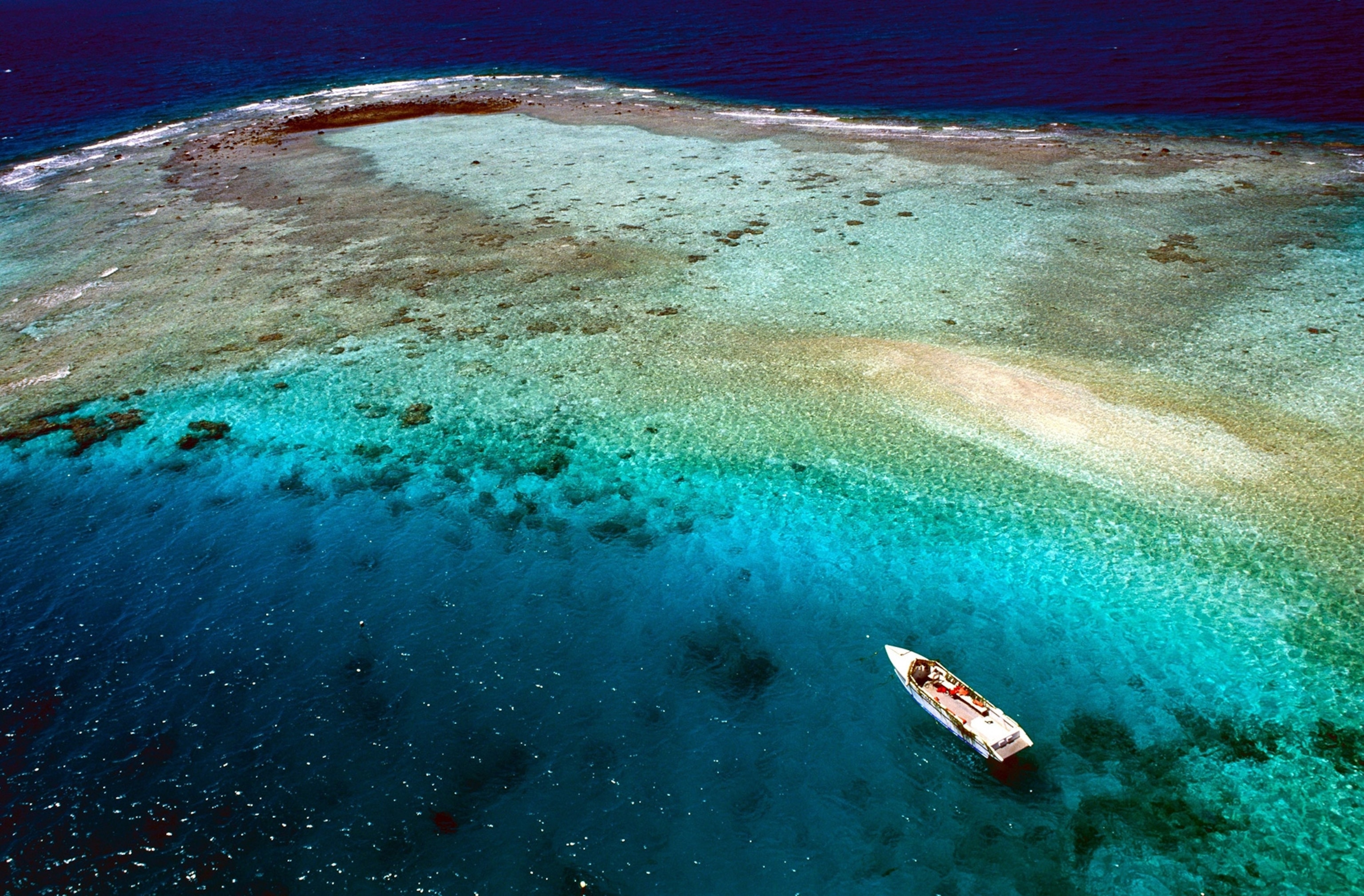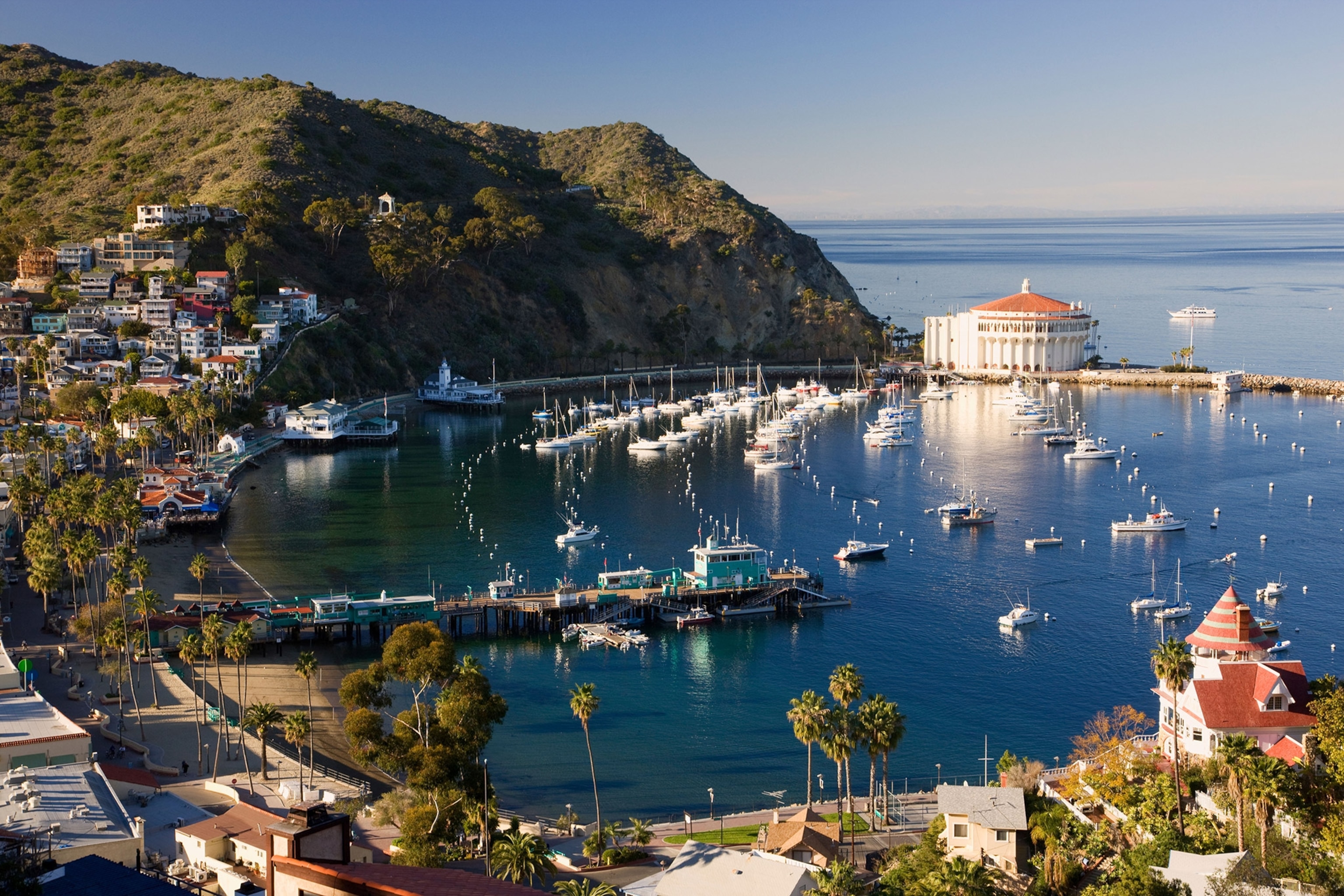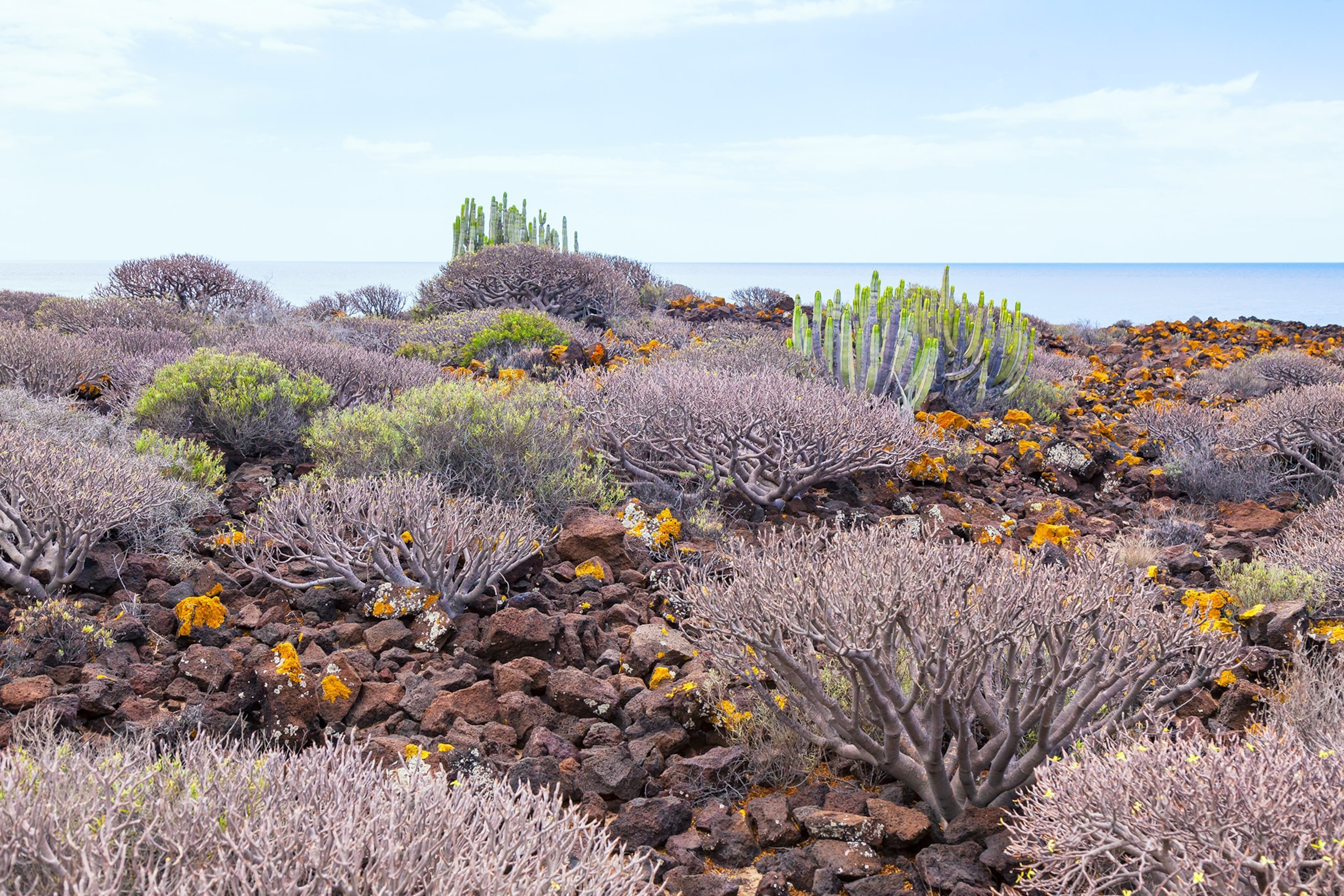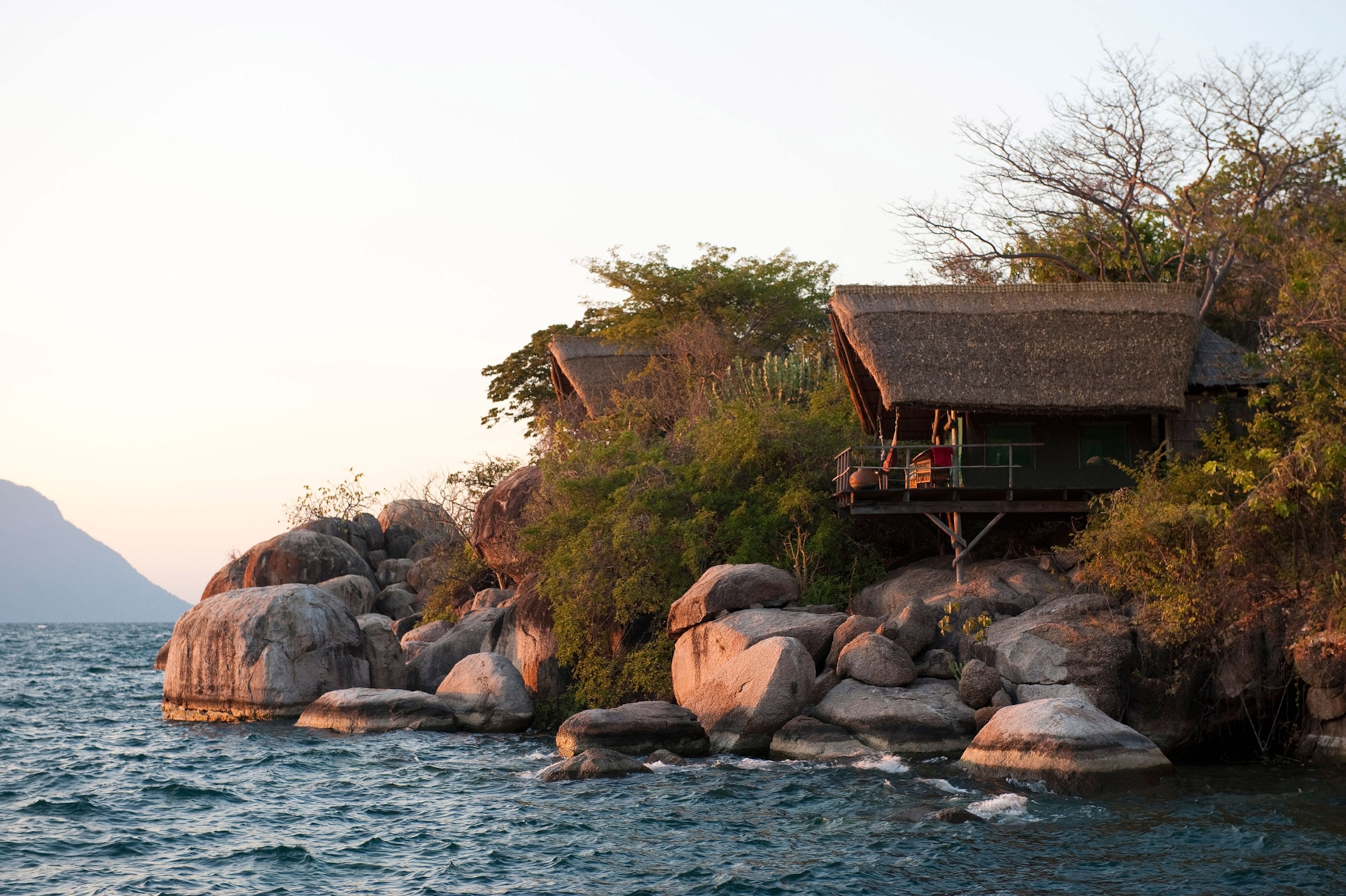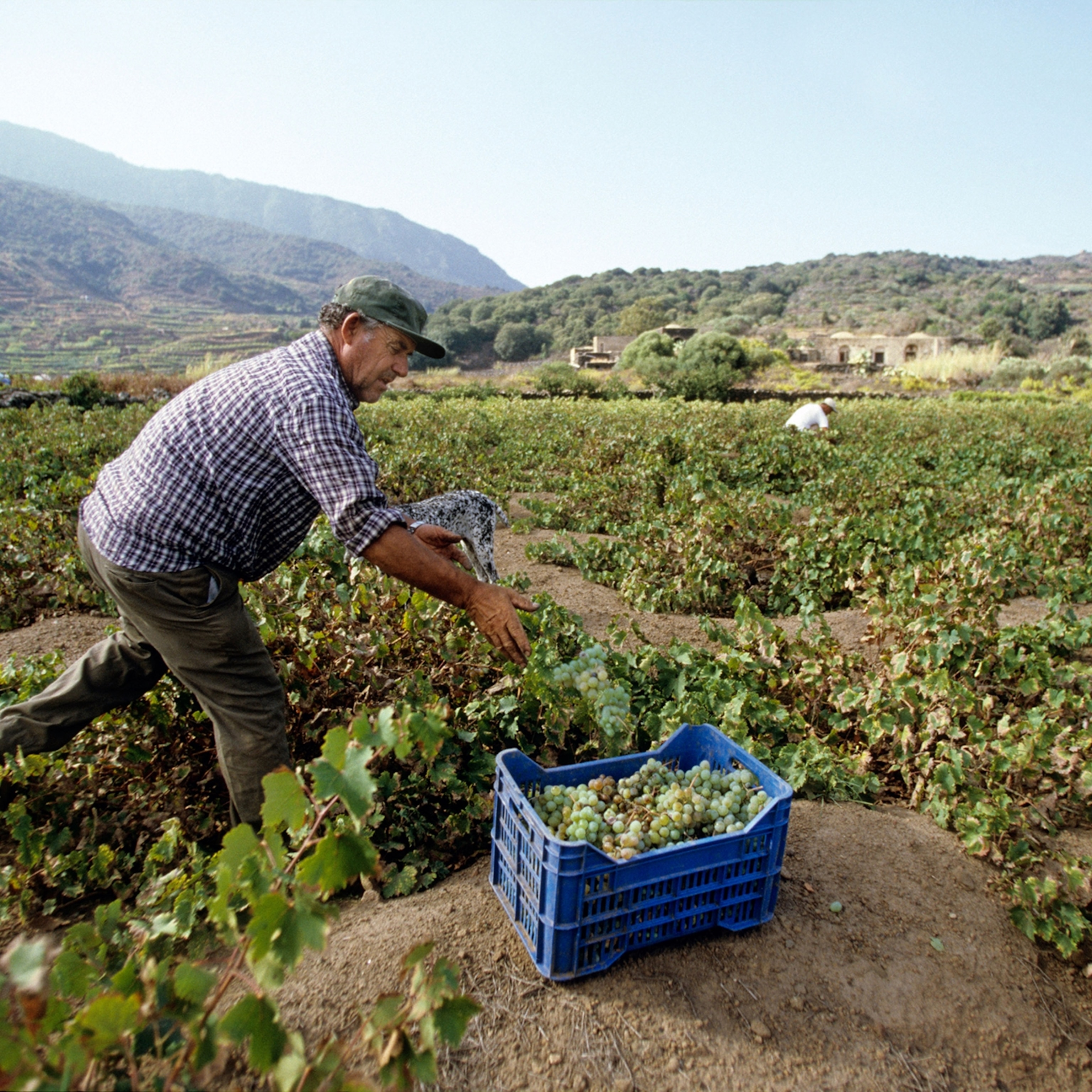
Try the coveted wine that made this Portuguese island famous
Madeira is renowned for its landscapes, lore—and its legendary wine, which graced the tables of America’s Founding Fathers.
According to legend, when 15th-century Portuguese explorers happened upon a rugged and foreboding string of islands—less than a week’s sail from the Iberian Peninsula—sailors sequestered themselves on their ships for days, petrified by the fanged beasts they imagined lurking in thick forests.
Could these be the Fortunate Isles sketched by ancient Greek cartographers? Or perhaps Plutarch’s fabled gateway to the Elysian Fields?
The archipelago turned out to be uninhabited, its largest island devoid of abundant animal life. But the soil was amazingly fertile and soon became a nutrient-rich laboratory to experiment with seeds collected on voyages all over the world. Grape varieties from the Mediterranean (Malmsey) and mainland Portugal (Sercial, Verdelho, Bual) were planted alongside South American jacaranda and Polynesian frangipani in vineyards that soon blanketed the island. As roots began to take hold here, so too did the taste for the unique wine of this mountainous archipelago.
Traverse the terroir
Located in the Atlantic Ocean, some 300 miles off Morocco’s west coast, Madeira is an autonomous Portuguese archipelago. The main island (also called Madeira) is small—only 35 miles long and 14 miles wide—but its terrain is diverse. Sun-drenched beaches give way to a terraced patchwork of bananas, sugarcane, and vineyards, backed by rugged mountains and the fog-shrouded Paúl da Serra plateau.
This string of islands was formed by submarine volcanoes. Its sheer cliffs are strung with levadas, historic irrigation canals that carry freshwater from the island’s north to farms in the south. Some levadas traverse the UNESCO-listed Laurisilva, the world’s largest surviving laurel forest, a vestige of the primary forests that blanketed southern Europe millions of years ago. Here, the evolution of plants without predators led to supersized versions that inspired a few English naturalists to wax poetic.
Discover why everyone is going to Portugal now.
On a guided hike, Gonçalo Vieira of Madeira Experience points out tree heather, Madeiran blueberry, and lily of the valley tree. “These Jurassic-sized ferns are living fossils,” he explains. “The exact species was found as fossils that are six million years old.” Zipping through the overgrown vegetation is the endemic Madeira firecrest, tiny and vibrant. Overhead coos a pair of Madeiran long-toed pigeon, another endemic species.
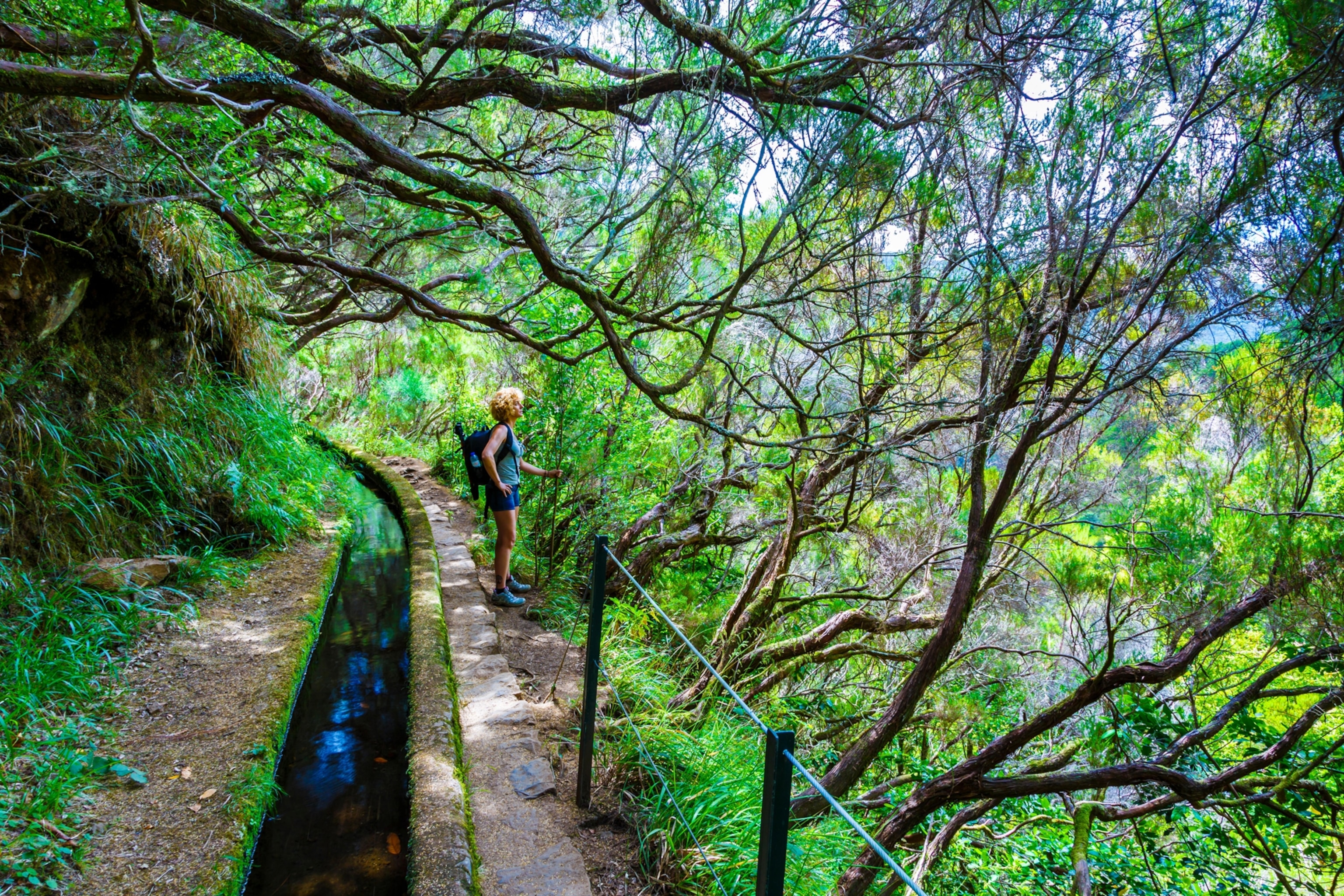
While the Levada das 25 Fontes may be the most popular, there are more than 1,550 miles of other levadas to choose from: Ask your guide for a less-traveled path. One of the best hikes is between Pico do Arieiro and Pico Ruivo, Madeira’s third highest and highest peak (5,964 feet and 6,108 feet, respectively). This high-altitude realm is the nesting site for Zino’s petrel, one of the rarest birds in the world. From this vantage point, the island’s topography unfolds before you in all its wrinkled glory—unmissable at sunrise.
Sip the wine
It was George Washington’s daily tonic. Alexander Hamilton and the whole cast of America’s Founding Fathers chose it to toast momentous occasions. Thomas Jefferson often wrote about “silky” Madeira wines; later, celebrating the Louisiana Purchase in a four-part toast, he chose it as the wine representing America. James Madison stockpiled casks of Madeira in his attic.
What makes Madeira so special? This fortified wine—which can be dry and sipped as an aperitif or sweet and served with dessert—tends toward earthy, nutty flavors often compared to caramel, burnt sugar, and stewed citrus peel. These flavors come from a combination of grape varietals, blending, and oxidization as a result of heat fluctuations over time. Like port, the wines are durable and even accrue nuance in taste over decades (and sometimes centuries) of aging.
Drink volcanic purple tea in the Azores.
“Madeira wine lives forever,” says Alberto Luz, sommelier at Belmond Reid’s Palace, pointing to the tipple’s long history. At first the beverage was as mysterious as it was popular. Sailors fortified wine with brandy so it would last the long voyage to India, only to discover that the barrels’ contents somehow tasted even better at journey’s end. “They tried to replicate what was happening on ships, even moving barrels back and forth to see if motion was the key,” says Luz. “Eventually they realized it was heat.”
There are eight Madeira wine producers, and some of them, like Barbeito and Henriques & Henriques, welcome visitors for tours and tastings. At the fascinating museum at Blandy’s Wine Lodge in Funchal, guide Sofia Marques says “welcome to heaven” as she shows off the barrels aged not in cellars but in attics, which replicate the stuffy holds of historic ships. Blandy’s offers a constantly changing menu at its bistro—try Madeira pairings such as the Bual 10 Years served with Iberian black pork atop pineapple carpaccio, local sweet potatoes, and a Madeira-soaked pear.

Madeira wine mostly disappeared from American tables after it was outlawed during Prohibition. Today, it’s making a comeback, particularly in Madeira-accented cocktails. But sipping pure, unadulterated Madeira is like drinking history in a glass. And an often dramatic history at that: In 2015, a Prohibition-era stash of centuries-old Madeira demijohns and wine cases was discovered at New Jersey’s Liberty Hall Museum. One of these bottles, dating from 1796, was auctioned by Christie’s for nearly $16,000—and it’s still drinkable.
Plan your trip
How to go: TAP Air Portugal offers direct flights to Lisbon from seven U.S. gateways and will soon add 15 new weekly flights from the U.S. and Canada. Its stopover program lets visitors stay up to five days in Lisbon with no additional cost before the hop to Madeira, where planes touch down at the oceanside Cristiano Ronaldo airport, named for the island’s famous native son and soccer (ahem, football) star.
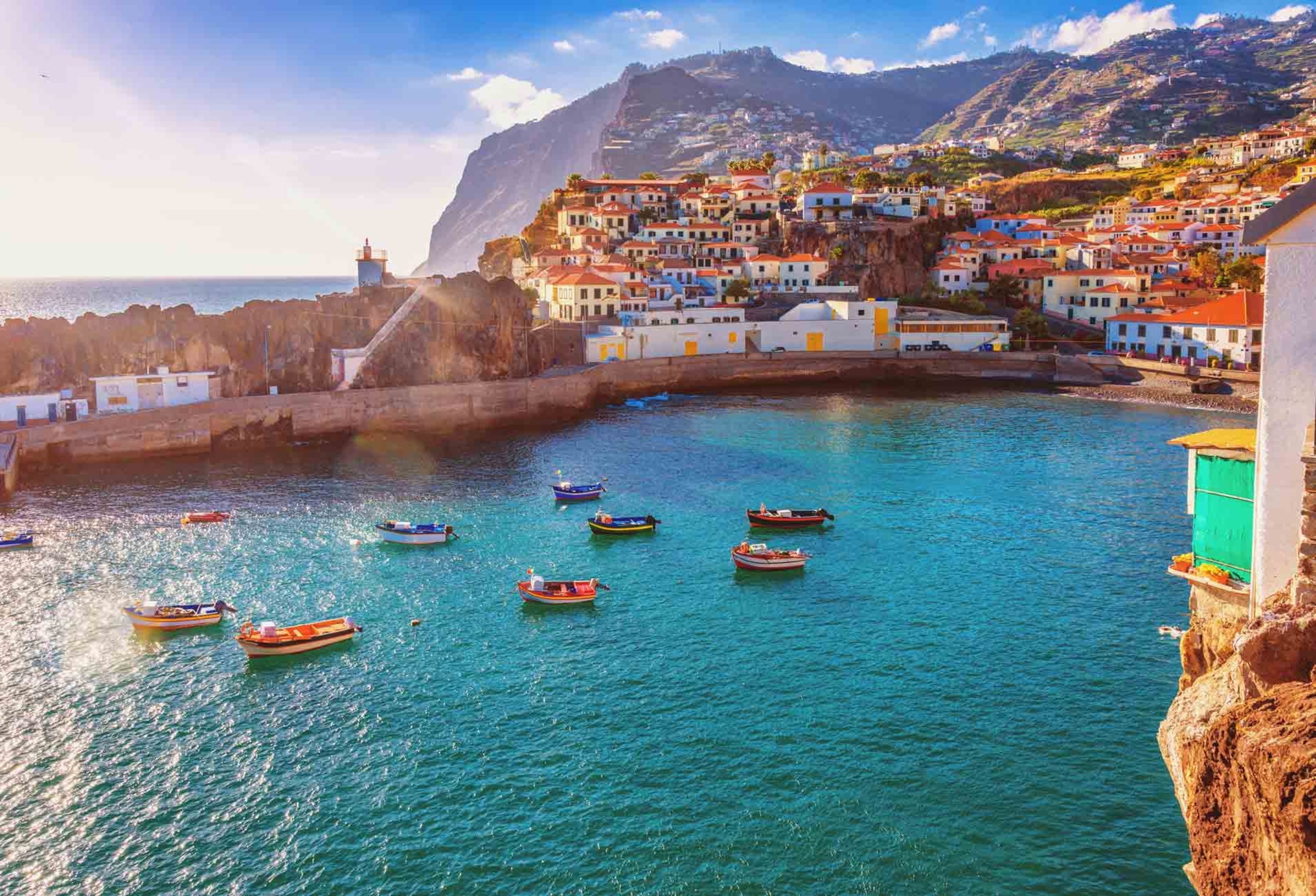
Where to stay: Funchal, Madeira’s vibrant capital, makes for a great home base. At the Quinta da Casa Branca, you can sleep in the historic manor house of former Madeira wine merchants (Leacock’s still exists as a brand today). The hotel’s botanical gardens, planted with more than 260 species, are exquisite; banana terraces flank a levada-fed swimming pool. The gardens are just as lovely at sister hotel Quinta Jardins do Lago.
Taste creative Madeira cocktails by head barman Luis Sousa at legendary Belmond Reid’s Palace (established 1891), perched on a cliff overlooking Funchal Bay. Named for the hotel’s most famous guest, the Churchill blends Absolut vodka and Verdelho 10 Years. Next door at the stylish Suites at Cliff Bay the infinity pool seems to float above Funchal Bay.
What to do: If you’ve tired of lolling in the natural swimming pools at Porto Moniz on Madeira’s northwestern shore, try an adrenaline-pumping adventure like canyoning, scuba diving, rock climbing or trail running. (The island hosts the Madeira Island Ultra Trail race, or MIUT, in April.)
Rich with culture, party-loving Madeira hosts a year-round calendar of events, including the Madeira Wine Festival in early September. There are folklore performances, a traditional grape harvest, and a parade showing the history of Madeira wine. Learn fun wine anecdotes and Madeira trivia on a Funchal walking tour or an exploration of the island’s vineyards with Wine Tours Madeira. Guide Sofia Maul points out the monarch butterflies flitting through Funchal’s gardens.
“They may be known for their great migration in North America,” Maul says, “but once they were blown here in a storm, they didn’t see a reason to leave.”
